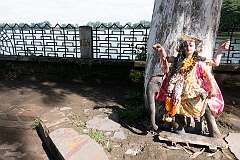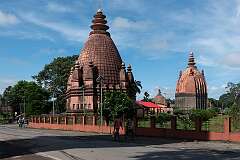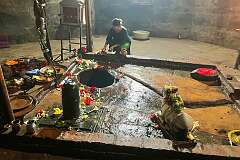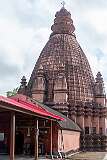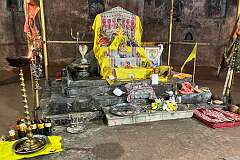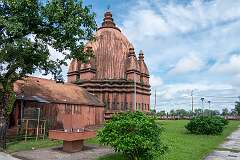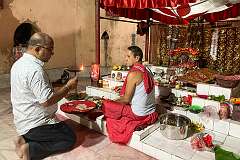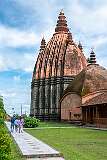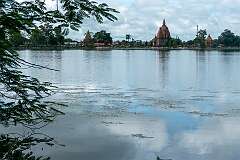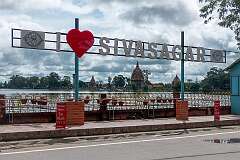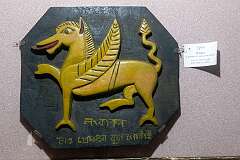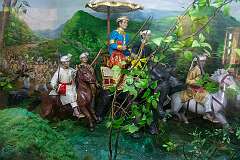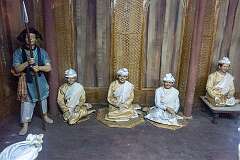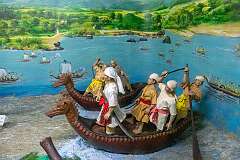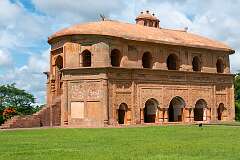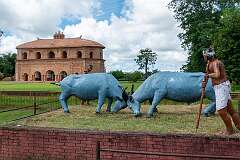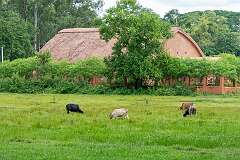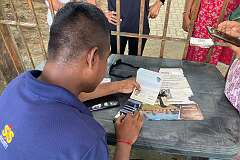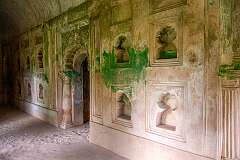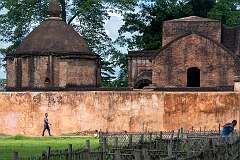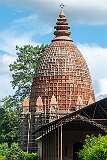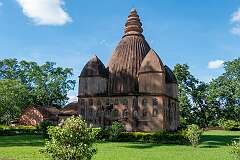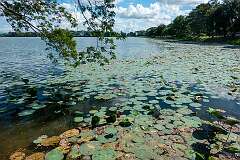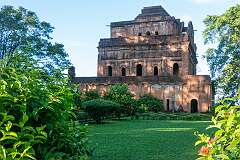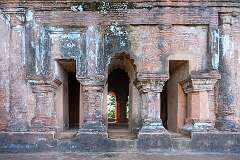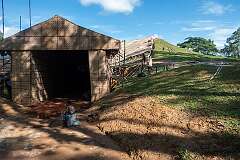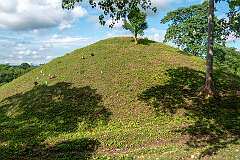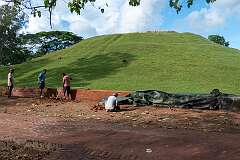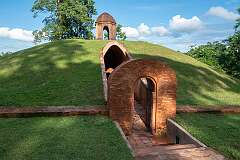Sivasagar, once capital of the Ahom kingdom
3-10 October 2023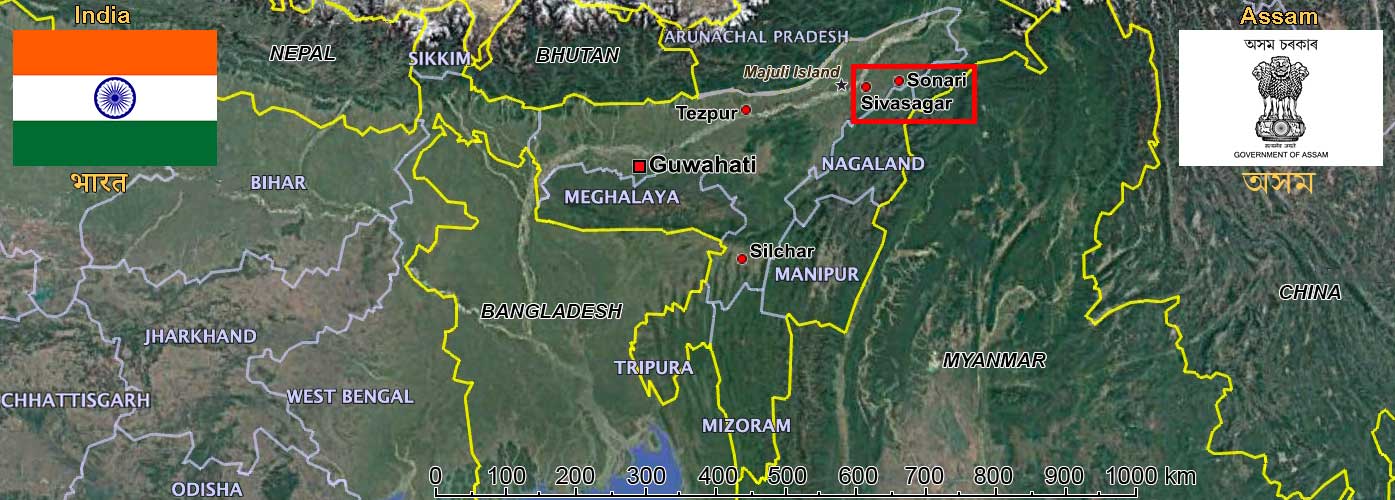
Sivasagar, in eastern Assam, is the historic heart of the Ahom Kingdom, which ruled the region for nearly 600 years after they arrived from present-day Myanmar in 1228. Under the Ahoms, Assam developed a strong administrative system, distinctive architecture, and a rich cultural identity. In the 17th–18th centuries, Sivasagar became the royal seat, and was named after the vast Sivasagar Tank, an artificial lake built in 1734 by Queen Ambika, around which rise three magnificent temples — Siva Dol, Vishnu Dol, and Devi Dol — symbolising Ahom devotion and craftsmanship.
Nearby are remarkable historical sites such as Talatal Ghar and Rang Ghar, the royal palace and amphitheater, once used for administration and royal ceremonies. These locations showcase the Ahoms’ impressive brick-and-mortar engineering. The Kareng Ghar at Garhgaon served as the earlier capital and residence of the Ahom kings. The region also contains old moats, tanks, and temples reflecting a blend of Hindu and Ahom traditions.
Charaideo, the first capital founded by Sukapha, is famed for its Maidans, the burial mounds of Ahom kings and queens. Resembling earthen pyramids, these sacred sites reflect a unique blend of Tai and indigenous funerary traditions and are considered the spiritual centre of the Ahom dynasty.
To the south, Sonari serves as a gateway to rural Assam, surrounded by quiet villages and lush greenery. The region also lies close to vast tea plantations, part of the broader Upper Assam tea belt established during the British era. These rolling estates, with their colonial bungalows and vibrant tea culture, add a tranquil charm to the historic landscape.
Nearby are remarkable historical sites such as Talatal Ghar and Rang Ghar, the royal palace and amphitheater, once used for administration and royal ceremonies. These locations showcase the Ahoms’ impressive brick-and-mortar engineering. The Kareng Ghar at Garhgaon served as the earlier capital and residence of the Ahom kings. The region also contains old moats, tanks, and temples reflecting a blend of Hindu and Ahom traditions.
Charaideo, the first capital founded by Sukapha, is famed for its Maidans, the burial mounds of Ahom kings and queens. Resembling earthen pyramids, these sacred sites reflect a unique blend of Tai and indigenous funerary traditions and are considered the spiritual centre of the Ahom dynasty.
To the south, Sonari serves as a gateway to rural Assam, surrounded by quiet villages and lush greenery. The region also lies close to vast tea plantations, part of the broader Upper Assam tea belt established during the British era. These rolling estates, with their colonial bungalows and vibrant tea culture, add a tranquil charm to the historic landscape.







